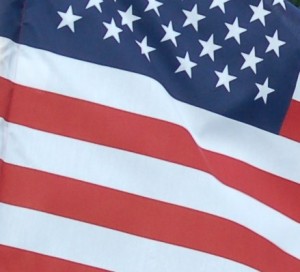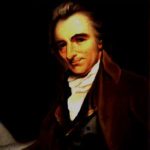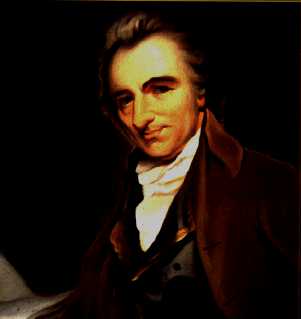
Thomas Paine
Common Sense was published by Thomas Paine in 1776. He first published the 48-page pamphlet anonymously because what he was propounding was treason against England. Some experts believe this small pamphlet was one of the major influences regarding America’s Revolutionary War. At least a half million copies were sold, and the proceeds were donated to George Washington and the Continental Army. Idea: Paine’s words are very stirring. Older children would enjoy reading and discussing some of the passages. The pamphlet can be found at: Project Gutenberg.
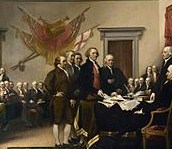
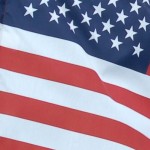
 United States celebrates Independence Day. It declared itself free of English rule in 1776. Interestingly, only two people, John Hancock and Charles Thompson, signed the Declaration of Independence that day. Most of the representatives signed the document on August 2, 1776. Idea: Children could read Fireworks, Picnics, and Flags: The Story of the Fourth of July Symbols by James Cross GIblin and Ursula Arndt. Children could plan and carry out a Fourth of July parade. They could also learn more at:
United States celebrates Independence Day. It declared itself free of English rule in 1776. Interestingly, only two people, John Hancock and Charles Thompson, signed the Declaration of Independence that day. Most of the representatives signed the document on August 2, 1776. Idea: Children could read Fireworks, Picnics, and Flags: The Story of the Fourth of July Symbols by James Cross GIblin and Ursula Arndt. Children could plan and carry out a Fourth of July parade. They could also learn more at: 